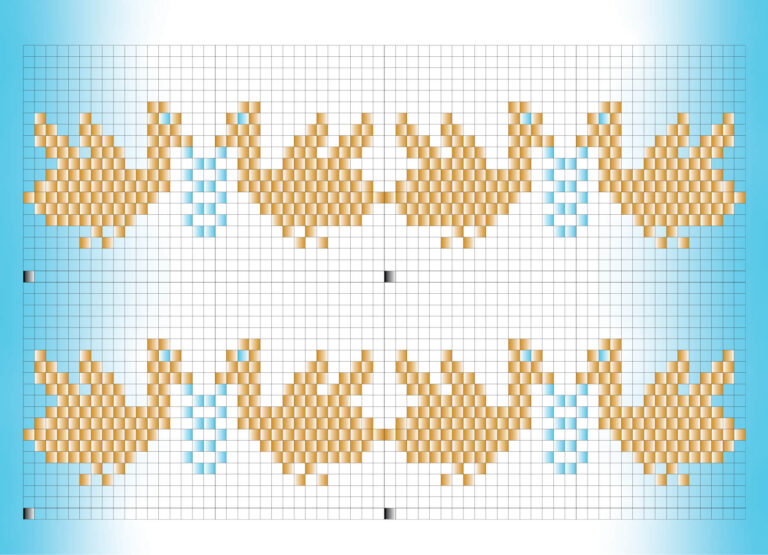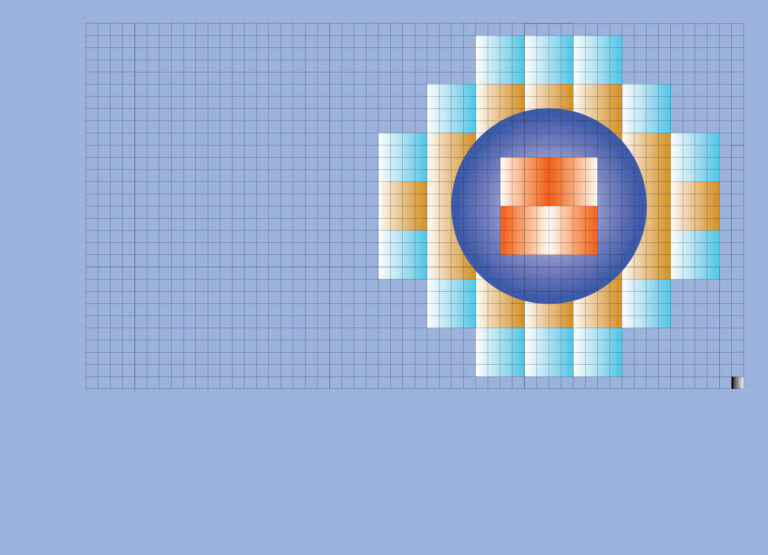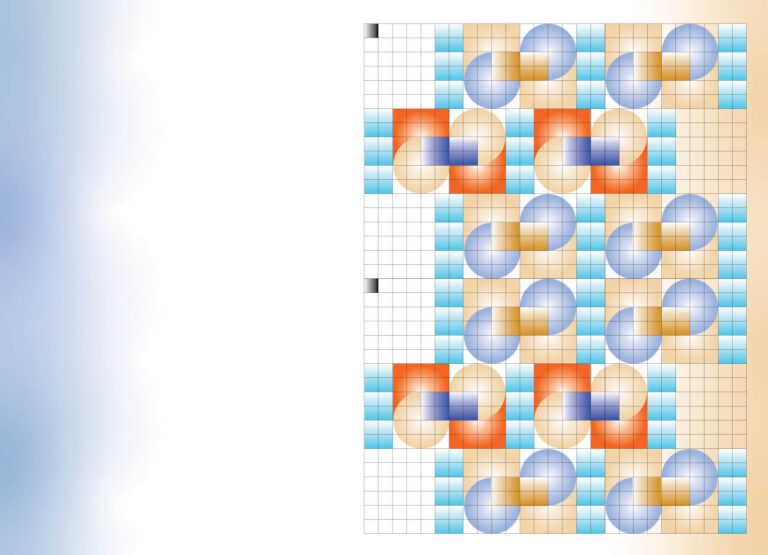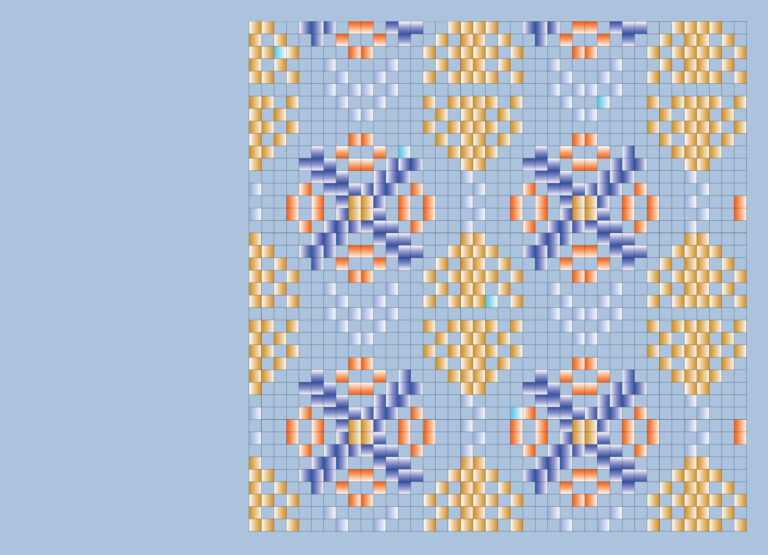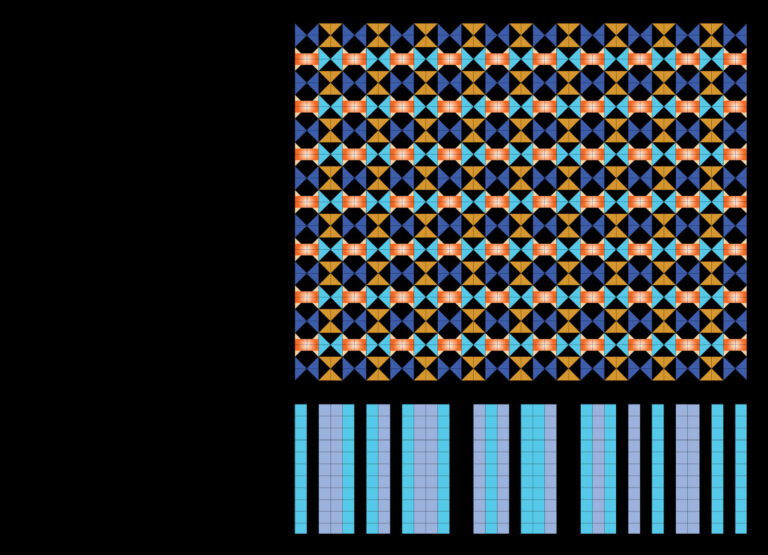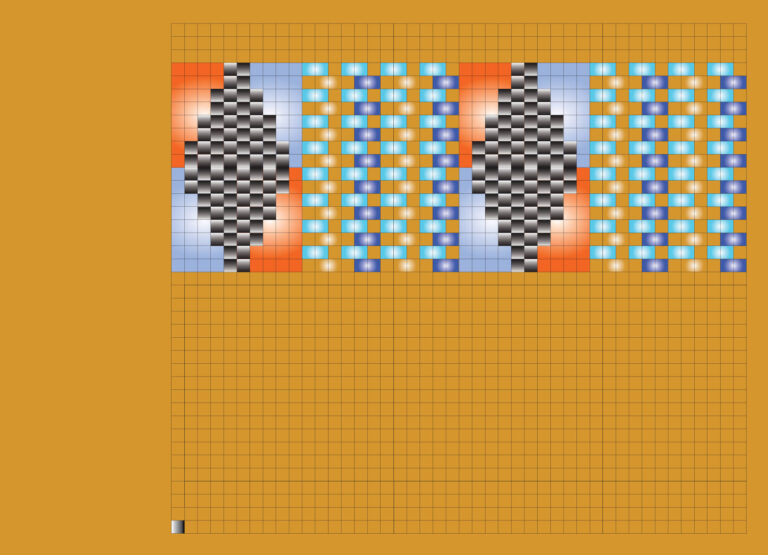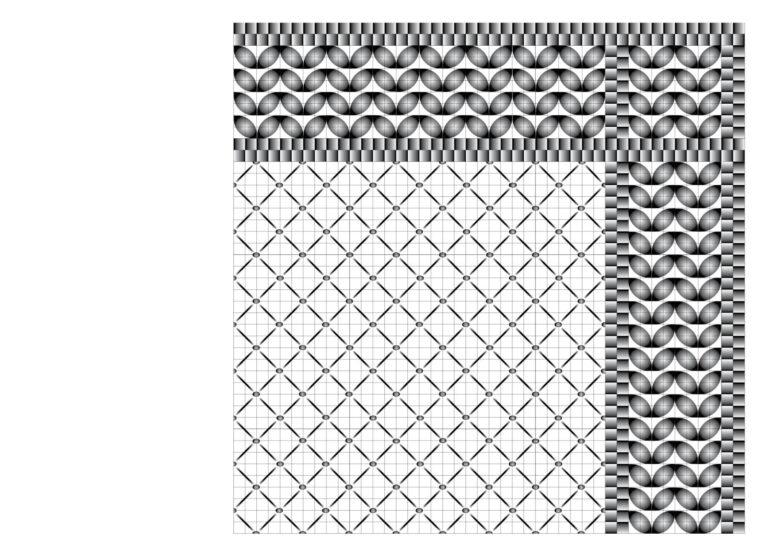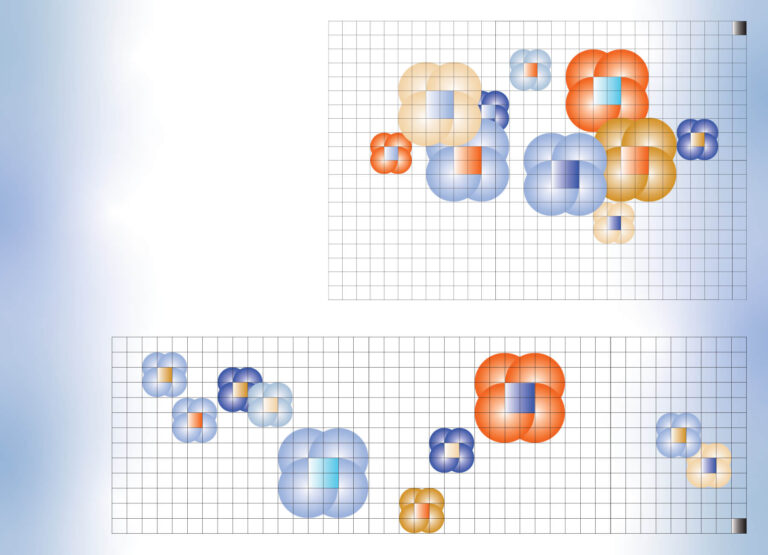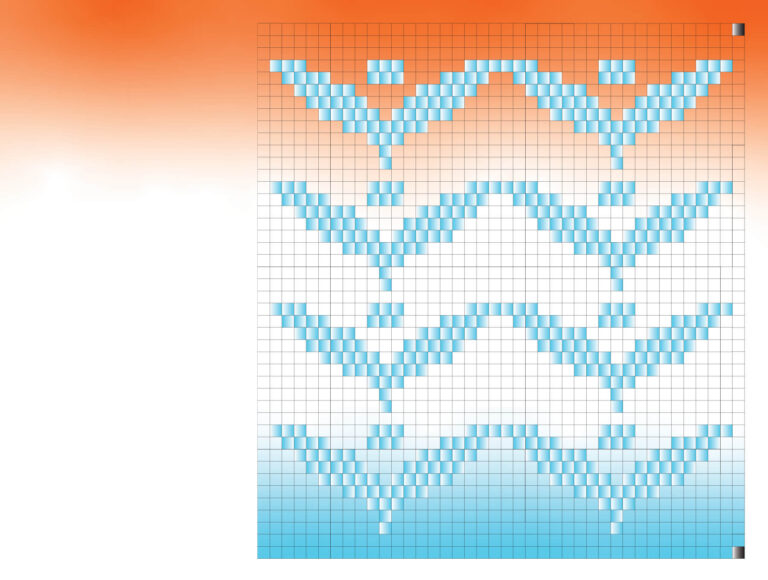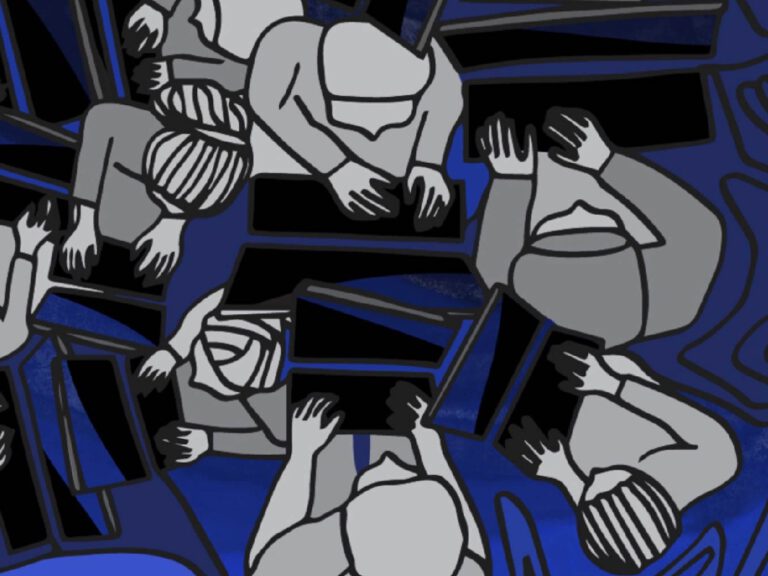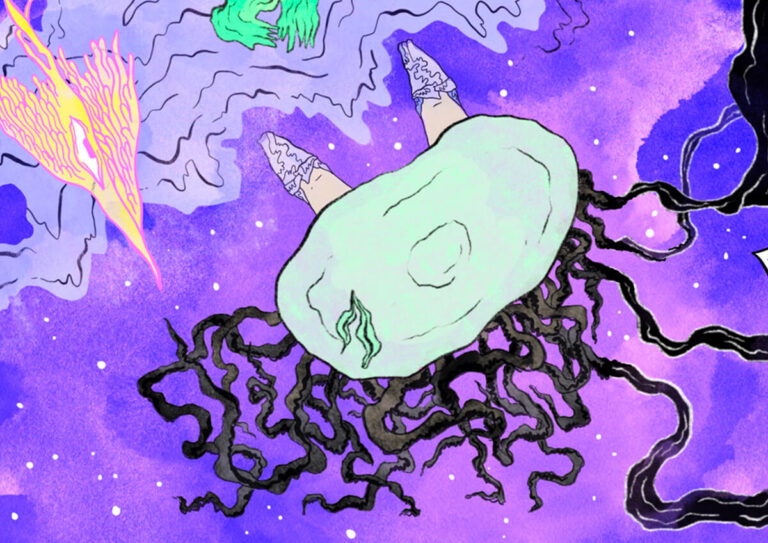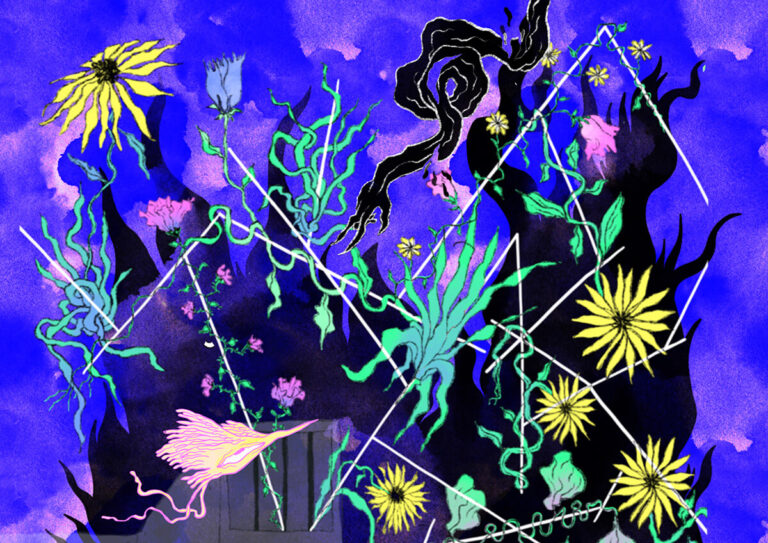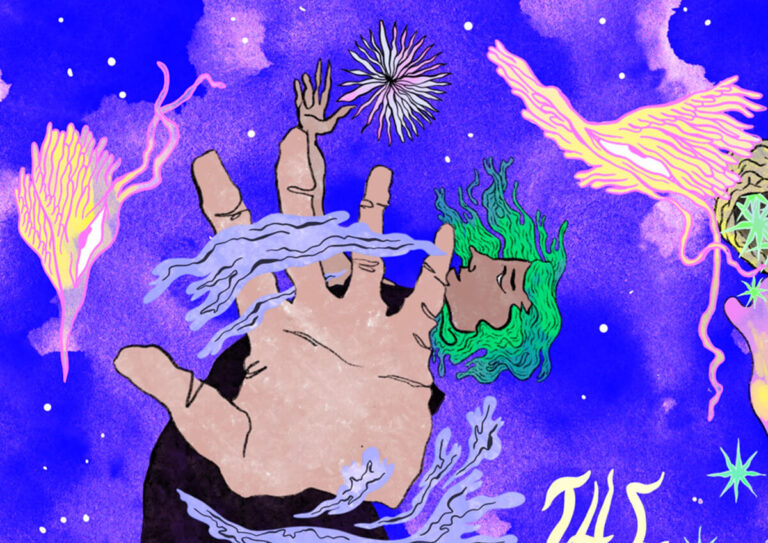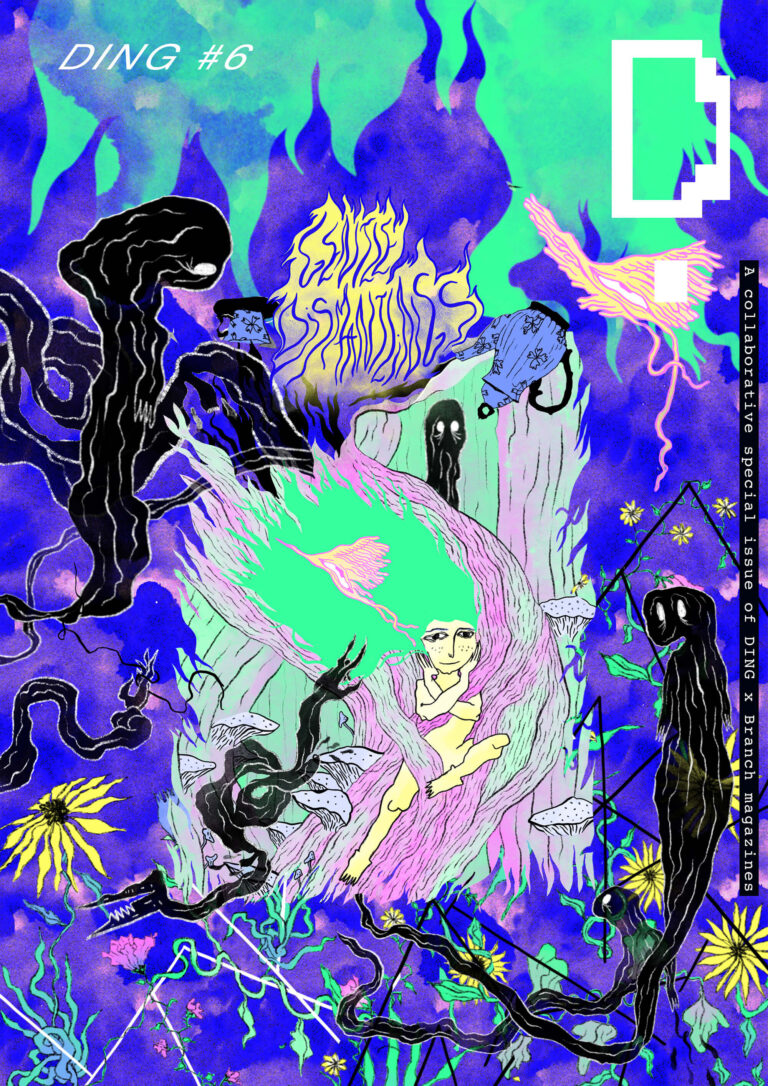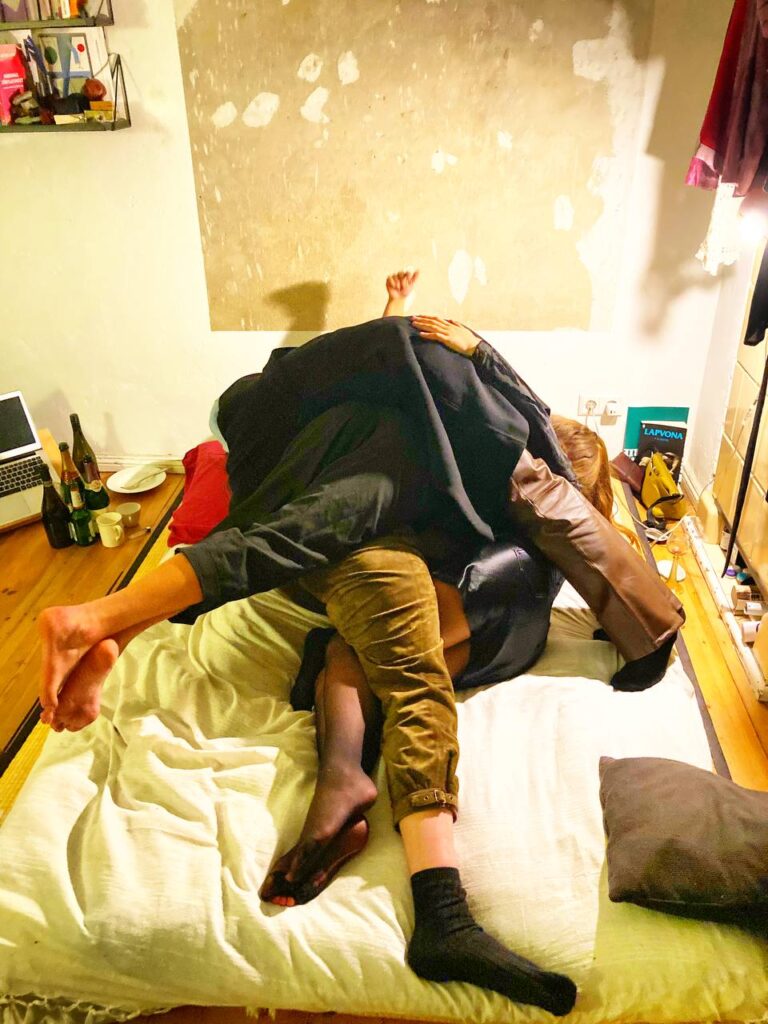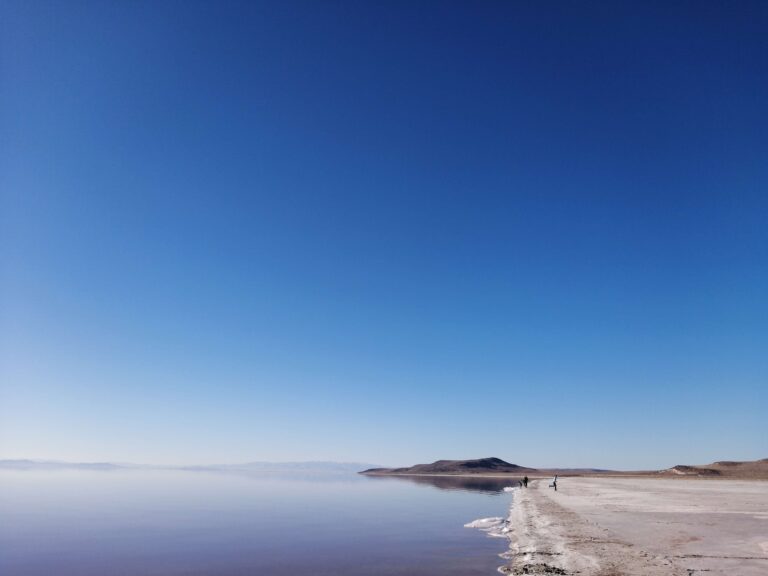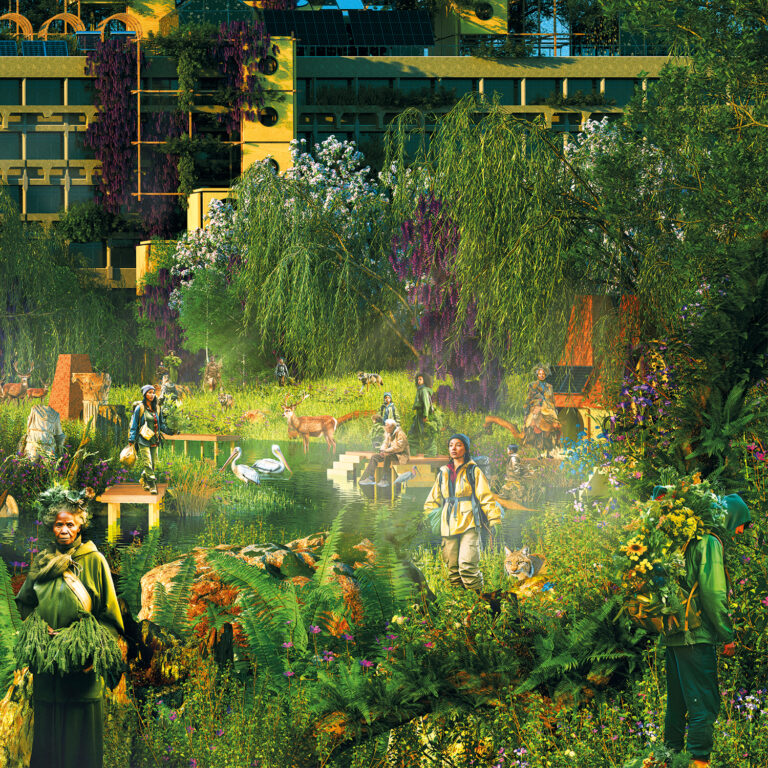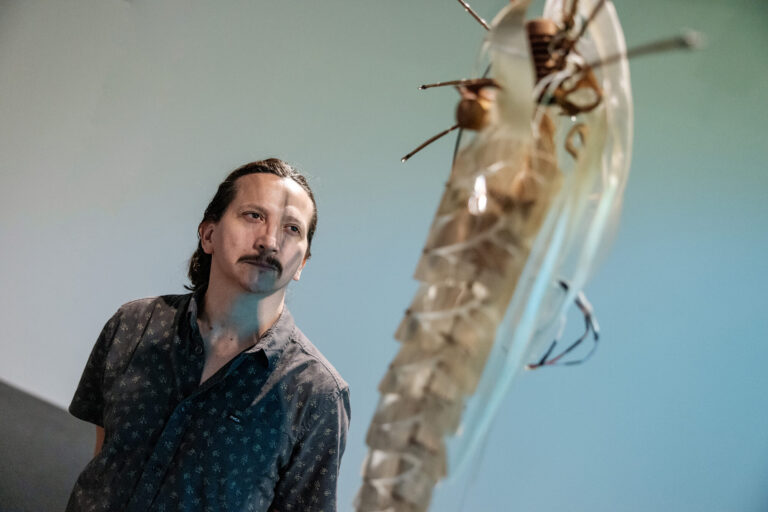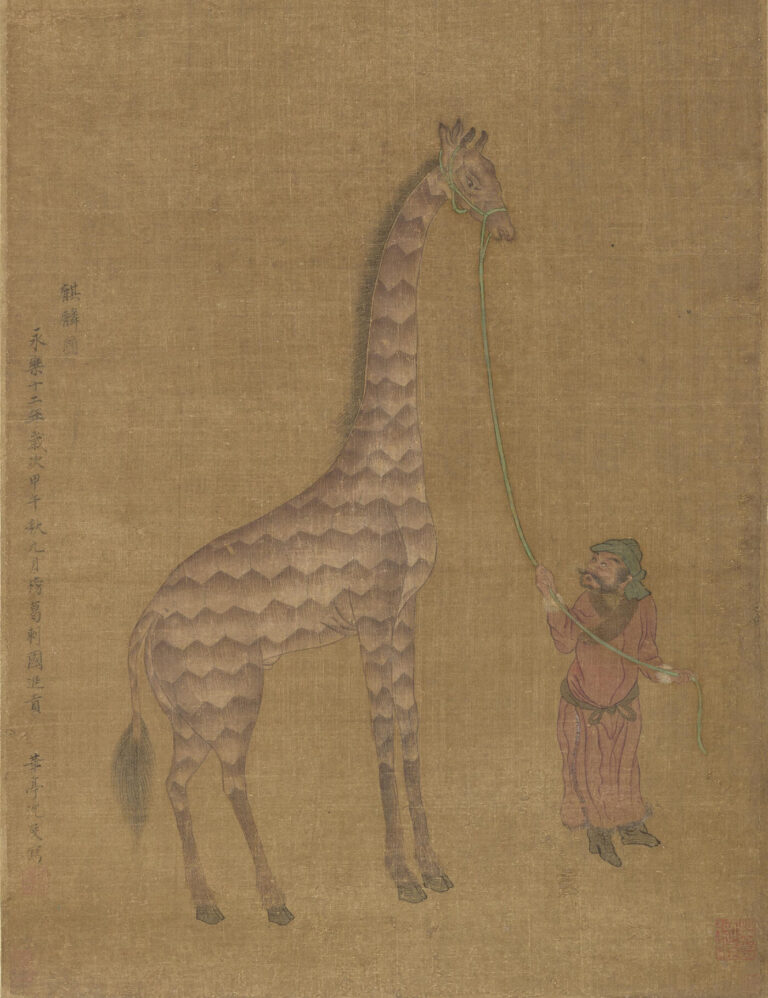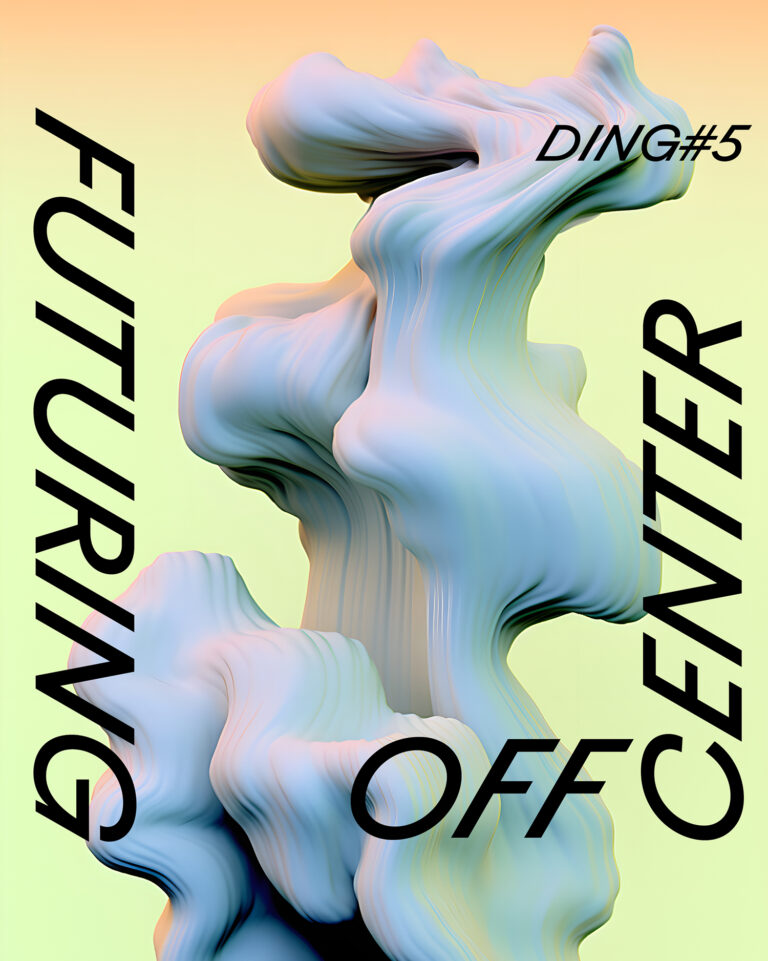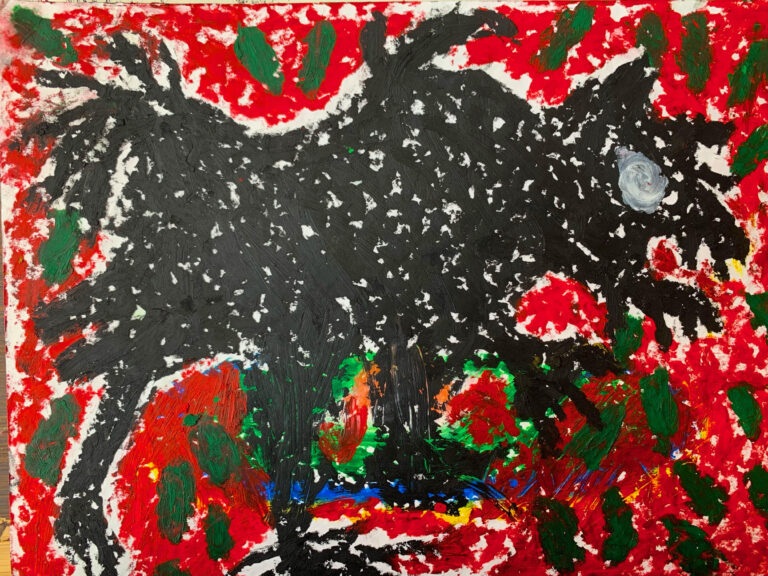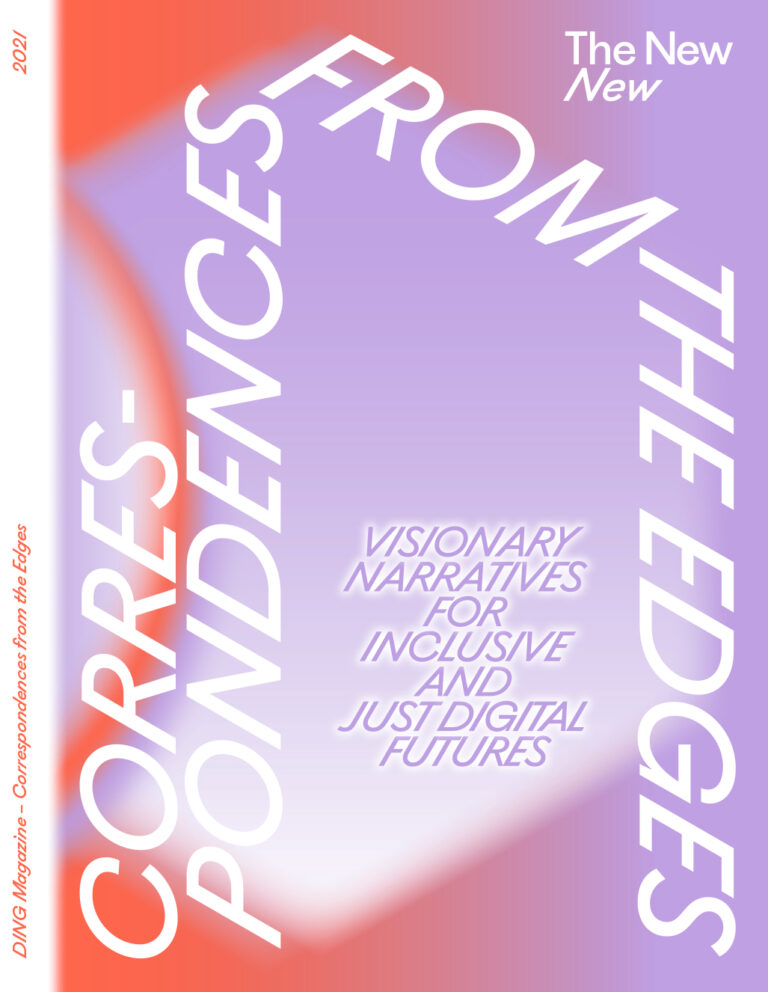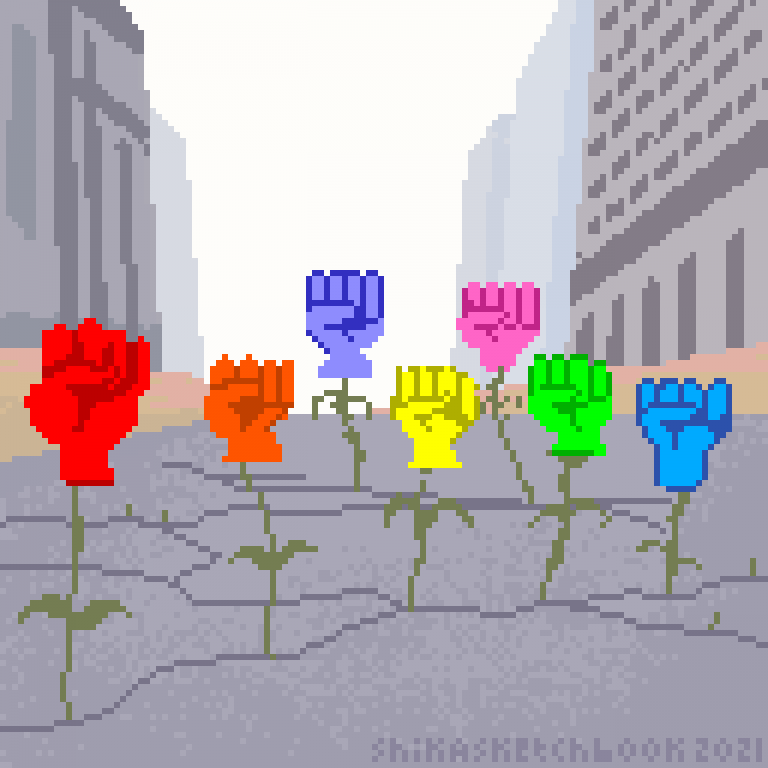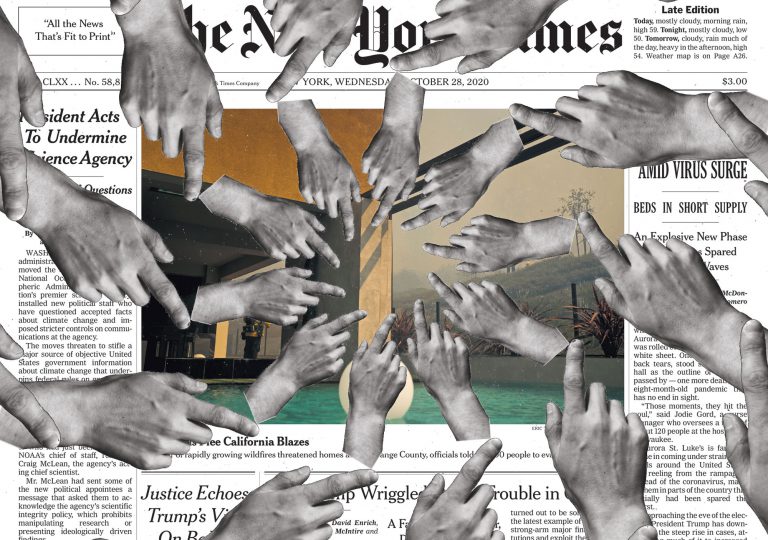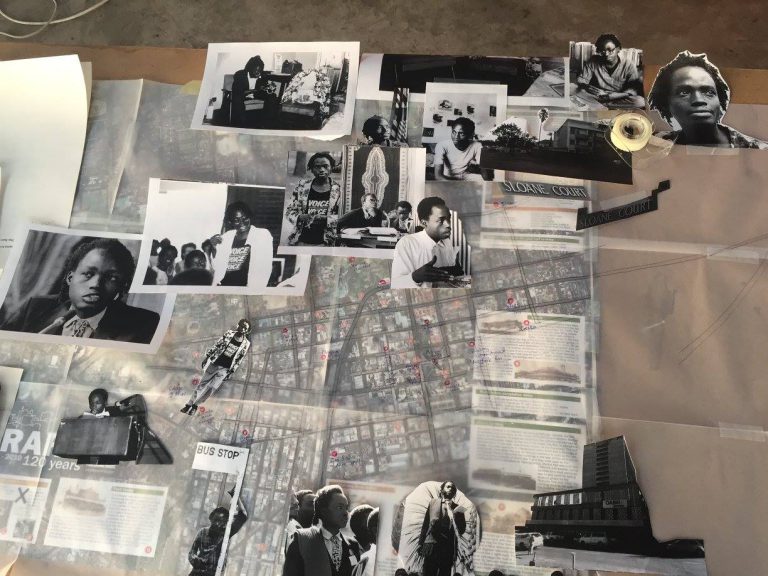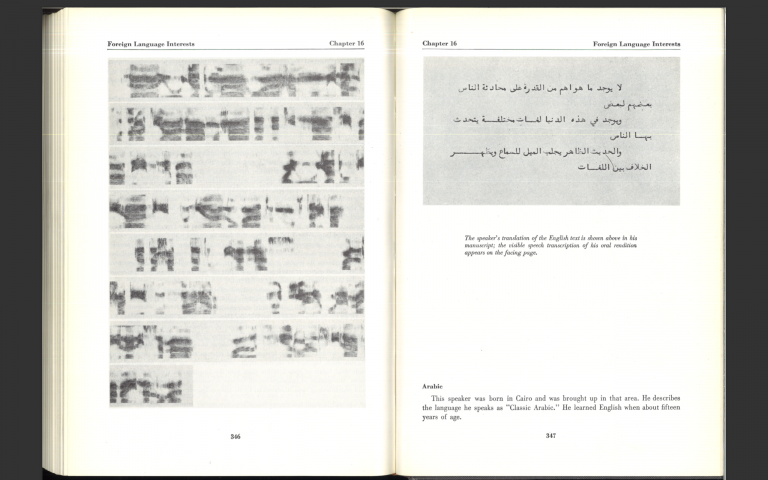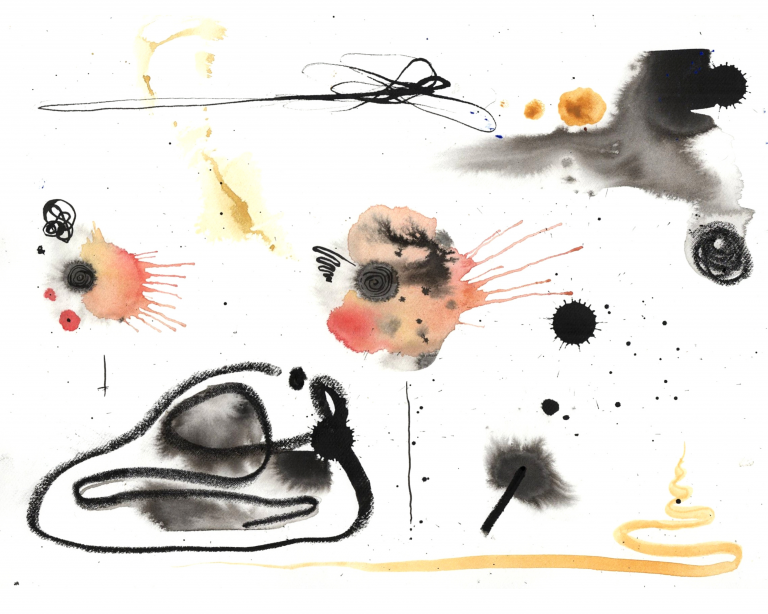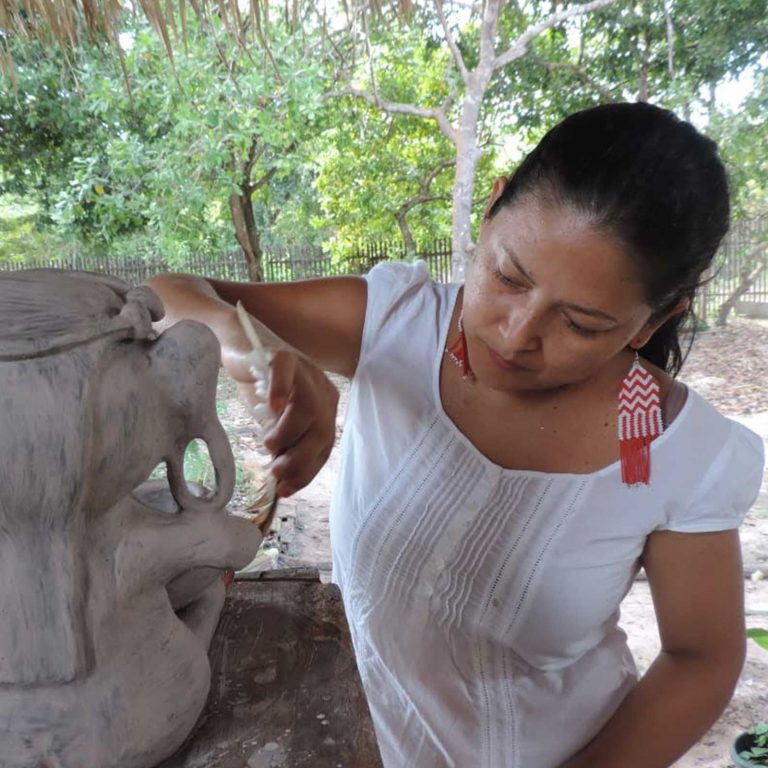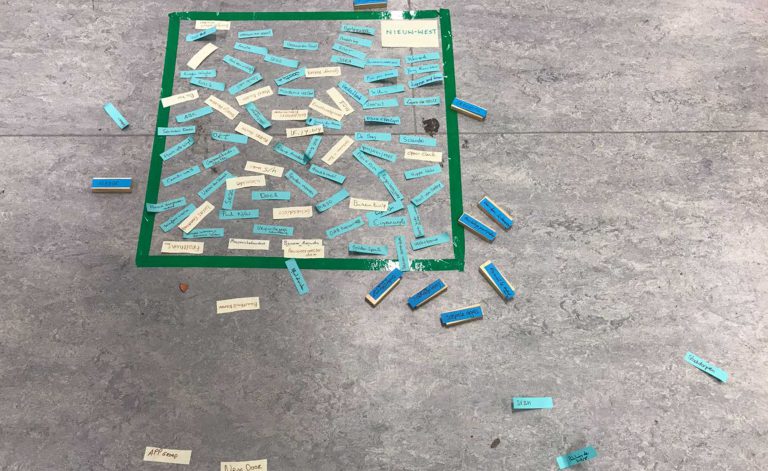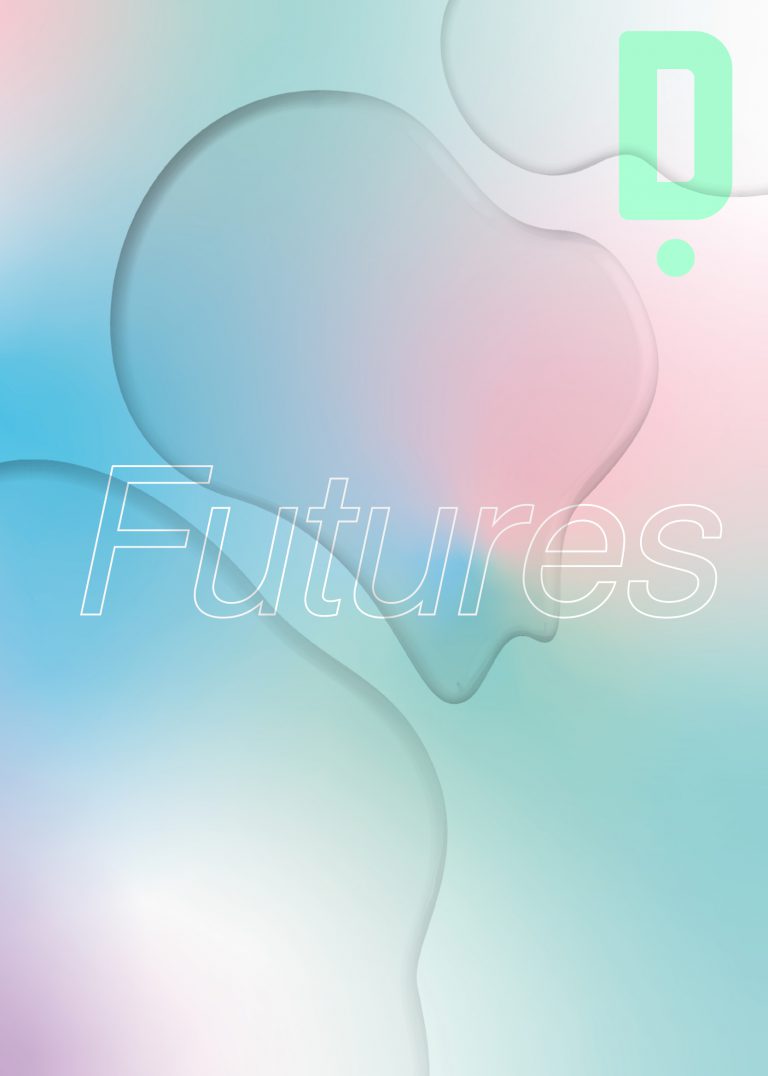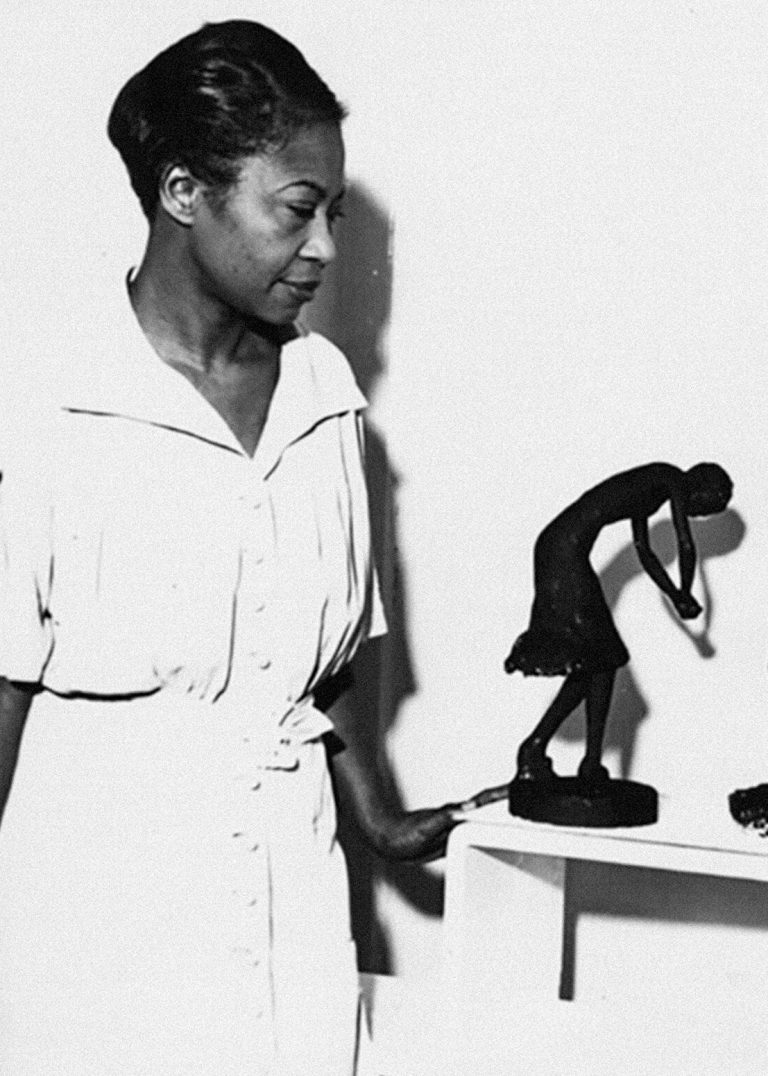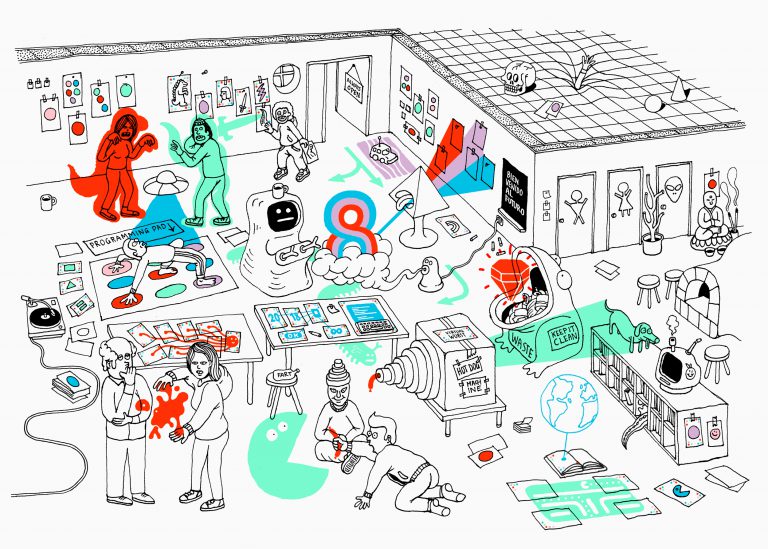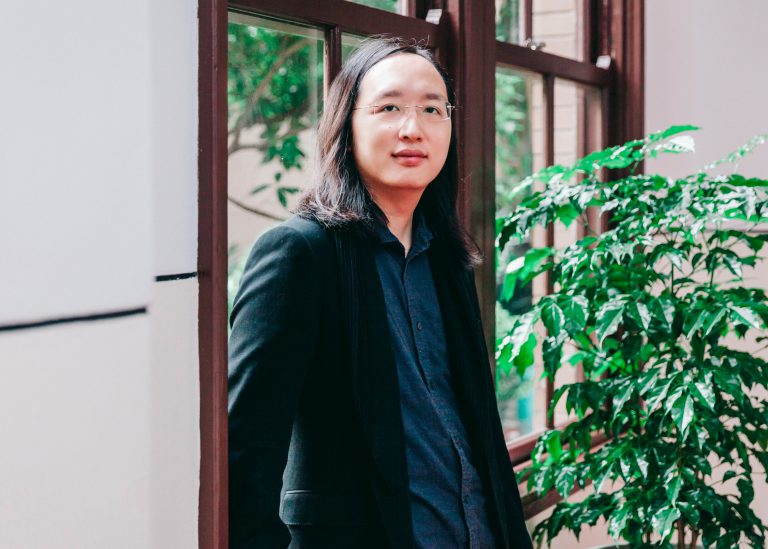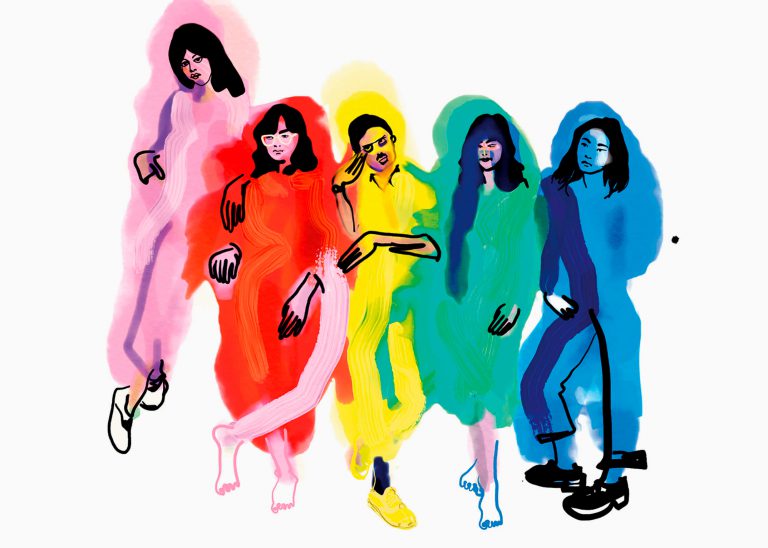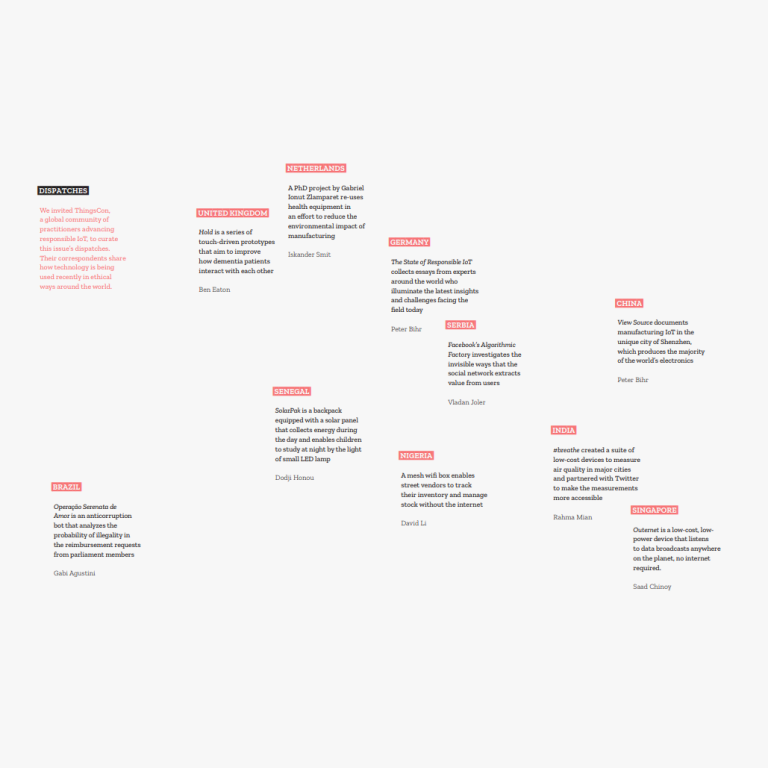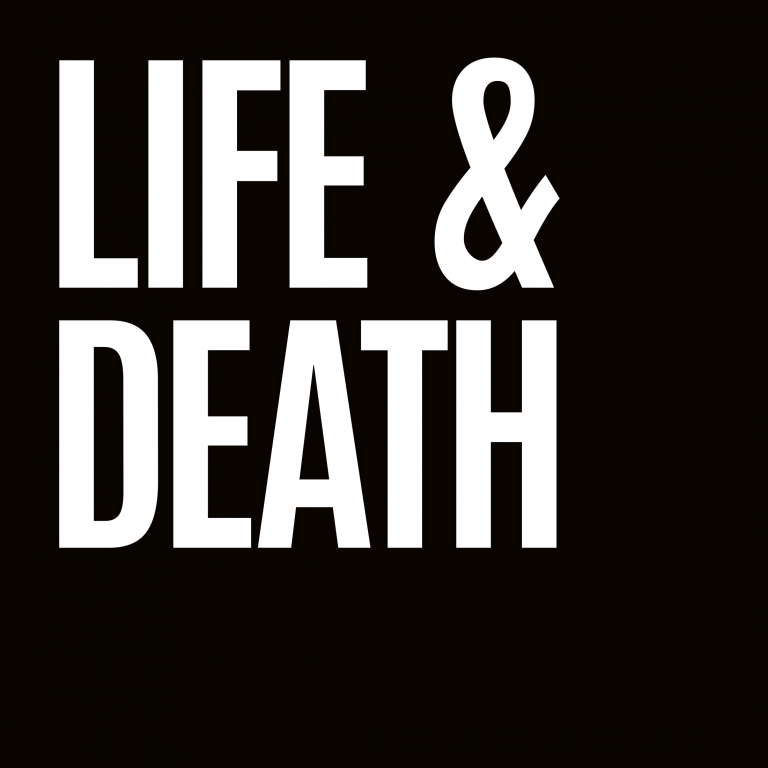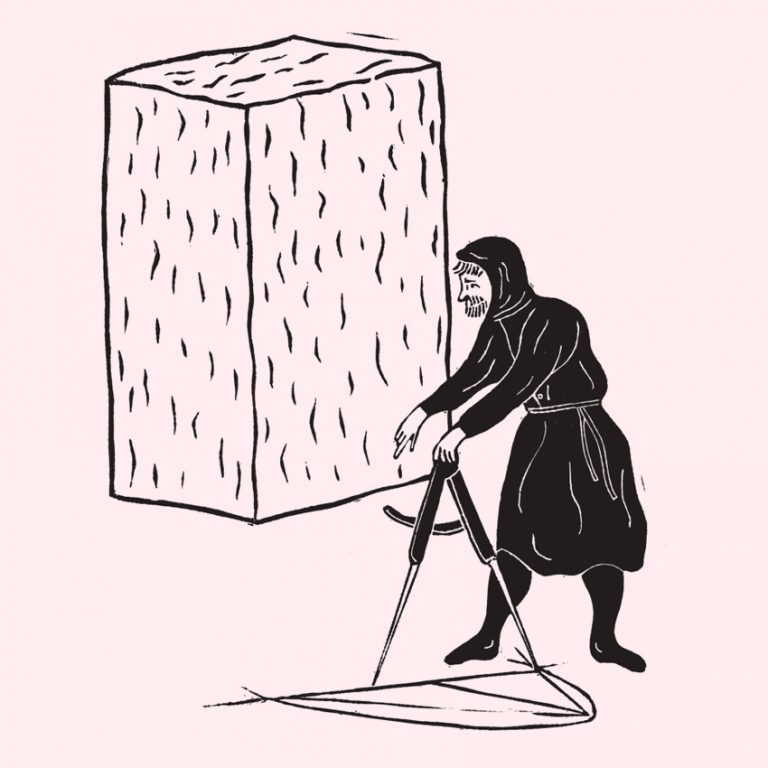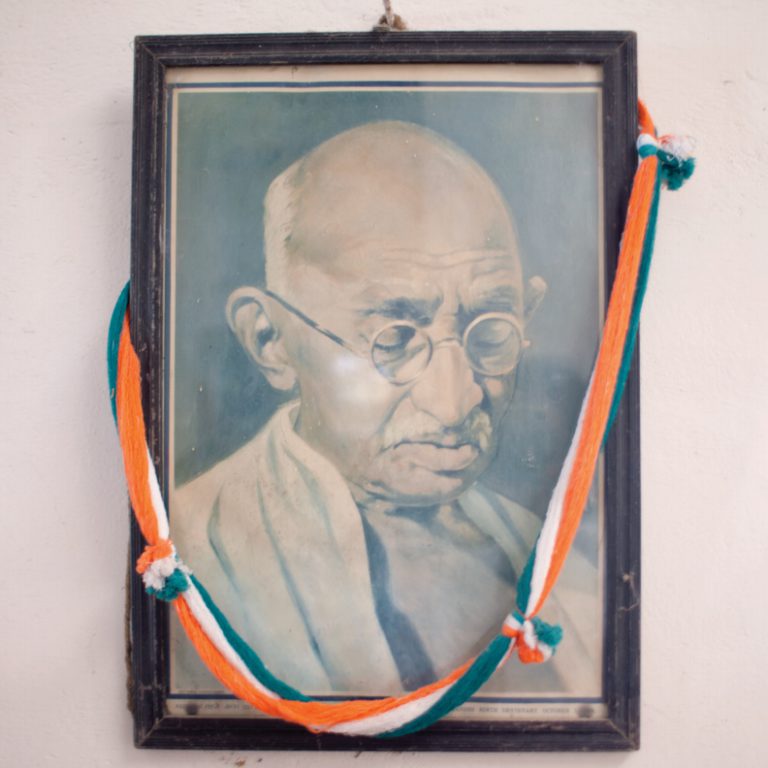This moment, which we felt without intellectualizing, was powerful. In it, we simply allowed our emotions to be. After the break, she began to write down her dreams, centering her desire for futures in which she feels safe, where she smells the greens of nature, hears many different languages and tastes the nutritious, organic food she will harvest herself. She imagined futures in which she moves differently, where she feels and is different. Could we cultivate these moments into a culture in which sensuality itself becomes a practice of dreaming and caring?
(De-)Colonising futures and dreams
I say this knowing that Futurology is a colonized field, divided into those who “know better” and share their truths and ideas about futures with those who “don’t”. When a marginalized person or group believes or feels they lack the skills and knowledge to think of futures, more dominant ideas are imposed (“used futures”¹), and the power to shape them is taken away (“colonizing the futures”)². If we do not formulate our own futures, we cede that power to others.
So, as emancipatory practices of collective empowerment and resistance, it is important to find spaces for dreaming and imagining, so that we can conceive of the more just and desirable futures we feel are worth fighting for. It does not necessarily mean that when we invite imagining desirable futures, they will never be realized in the near future, as of tomorrow, and are only for the next generations (in 50 years’ time, for example). By engaging in moments in which the present is comforting enough, stimulating the journey towards what I desire and yearn for, what feeling is describing these wishes accurately? How would this world and/or reality be? And can I already think of present moments/spaces in which these desires are comfortable, catered to?
Inspired by critical futures thinking and Afro-Futurism, I propose we go further – to create more of these spaces where dreams and imagination are allowed and encouraged. Because, again, who thinks about futures and who doesn’t? In these spaces, emotions and sensuality will be centered. Of course we must navigate feelings of discomfort, of heaviness and joy, laughter and pleasure at the same time. But collectively, and with the intention of growing, learning and being together, these spaces hold strong potential for imagining beyond what is opposed to be possible.
Dancing between the in-betweens
These moments can begin in the simultaneity of things. In cafes, during breaks, with good coffee. Guided by the need to remember, we enter into dreaming and translate these imaginings into actions in the present. Centering love not only empowers endurance – it also allows for the love, joy and hope that are needed to originate better tomorrows, more just and more desirable futures. We can offer these imaginings a place next to the fears and worries – not above or below them, but in the simultaneity and midst of contradiction, right next to each other.
Bourgeois, Robin/Karuri-Sebina, Geci/Kwamou, Eva Feukeu (2022): The Future as a public good: decolonizing the future through anticipatory participatory action research, Foresight. Abrufbar unter: https://doi.org/10.1108/FS-11-2021-0225 (letzter Zugriff am 02.12.2022).
Inayatullah, Sohail (2008): Six pillars: futures thinking for transforming, Foresight, Vol. 10 No. 1, pp. 4-21.
Sardar, Ziauddin (1993): Colonizing the future: the ‘other’ dimension of futures studies”, Futures, Vol. 25 No. 2, pp. 179-187.
1. Inayatullah 2008; 2013.
2. vgl. Bourgeois et al. 2022 und Sardar (1993).
